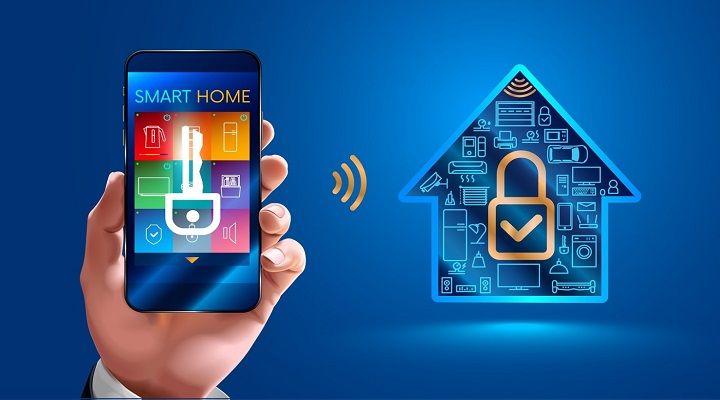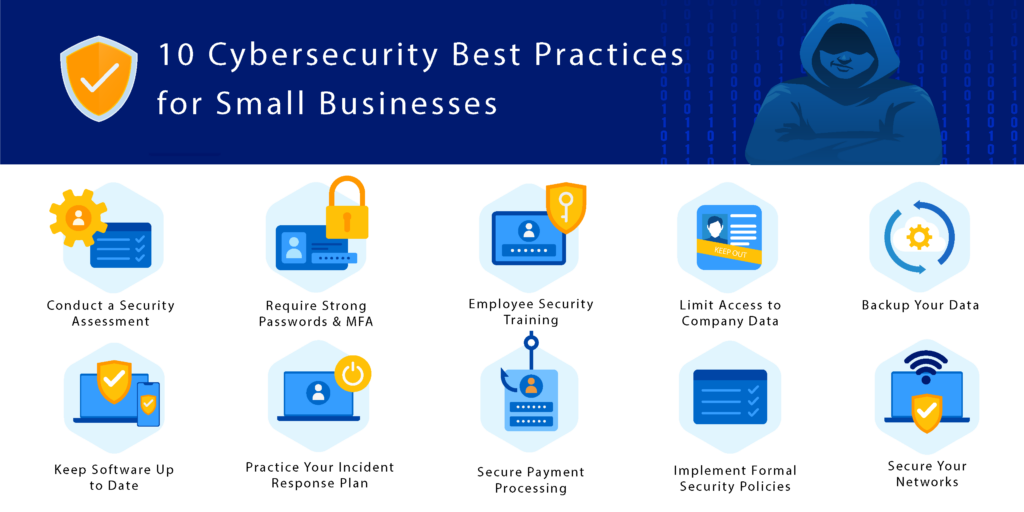In today’s digital age, smart home devices have become increasingly popular for their convenience and efficiency. From smart thermostats to security cameras, these devices offer homeowners peace of mind and control over their living spaces. However, with the rise of smart home technology comes the risk of potential security threats. In order to protect your personal information and ensure the safety of your home, it is essential to take the necessary precautions to secure your smart devices.
Update Your Devices Regularly
One of the most common ways hackers infiltrate smart home devices is through outdated software. Manufacturers often release updates to fix security vulnerabilities and bugs, so it is crucial to regularly check for updates and install them promptly. By keeping your devices up to date, you reduce the risk of unauthorized access and data breaches.
Change Default Passwords
Many smart home devices come with default passwords that are easy for hackers to guess. To strengthen the security of your devices, it is important to change the default passwords to unique and complex ones. Avoid using common passwords such as “123456” or “password” and opt for a combination of letters, numbers, and symbols for added security.
Enable Two-Factor Authentication
Two-factor authentication adds an extra layer of security to your smart home devices by requiring a second form of verification in addition to a password. This could be a verification code sent to your phone or email, ensuring that only authorized users can access your devices. Enable two-factor authentication whenever possible to protect your devices from unauthorized access.
Secure Your Wi-Fi Network
Your Wi-Fi network is the gateway to your smart home devices, so it is vital to secure it against potential threats. Change the default SSID name and password of your network, and enable WPA2 encryption for enhanced security. Additionally, consider setting up a guest network for visitors to prevent them from accessing your smart devices.
Limit Device Permissions
Some smart home devices may request unnecessary permissions that could compromise your privacy and security. Before installing a new device, review the permissions it requires and only grant access to essential functions. Be cautious of devices that request access to your location, contacts, or camera without a valid reason.
Monitor Device Activity
Regularly monitor the activity of your smart home devices to detect any unusual behavior or unauthorized access. Check for unfamiliar devices connected to your network, unexpected changes in settings, or suspicious activity logs. If you notice anything out of the ordinary, immediately investigate and take appropriate action to secure your devices.
Secure Your Smart Home Hub
The smart home hub acts as the central control system for all your connected devices, so it is crucial to secure it against potential threats. Change the default login credentials for your hub, enable encryption, and regularly update its firmware to ensure optimal security. Consider placing the hub in a secure location to prevent physical access by unauthorized individuals.
Conclusion
Securing your smart home devices is essential to protect your personal information and ensure the safety of your home. By following these tips and taking proactive measures, you can strengthen the security of your smart devices and enjoy the convenience and benefits they offer without worrying about potential security threats. Remember, taking the time to secure your smart home devices now can save you from future headaches and potential breaches.
Stay safe and stay secure!




